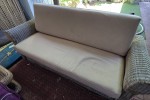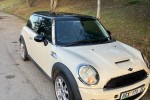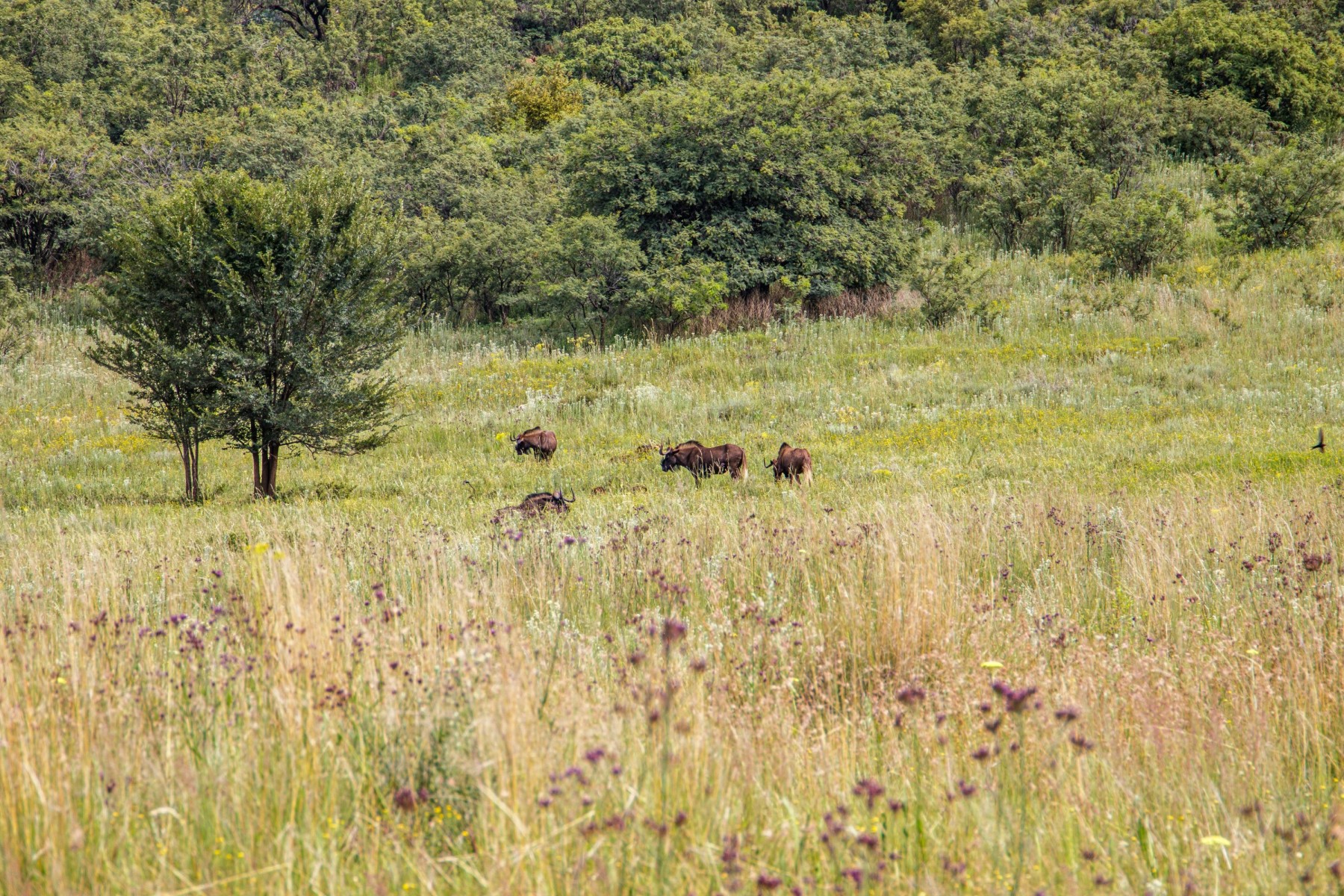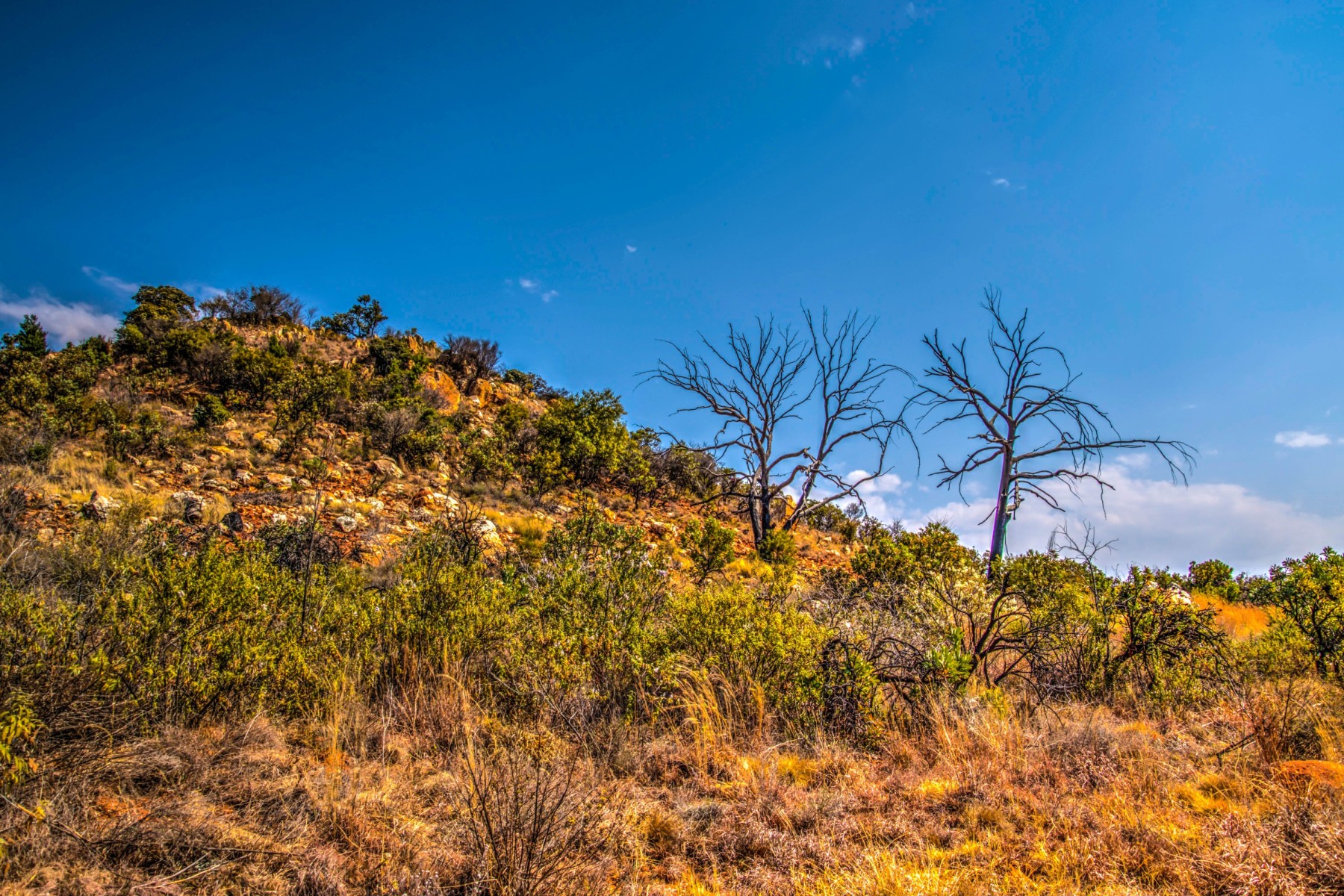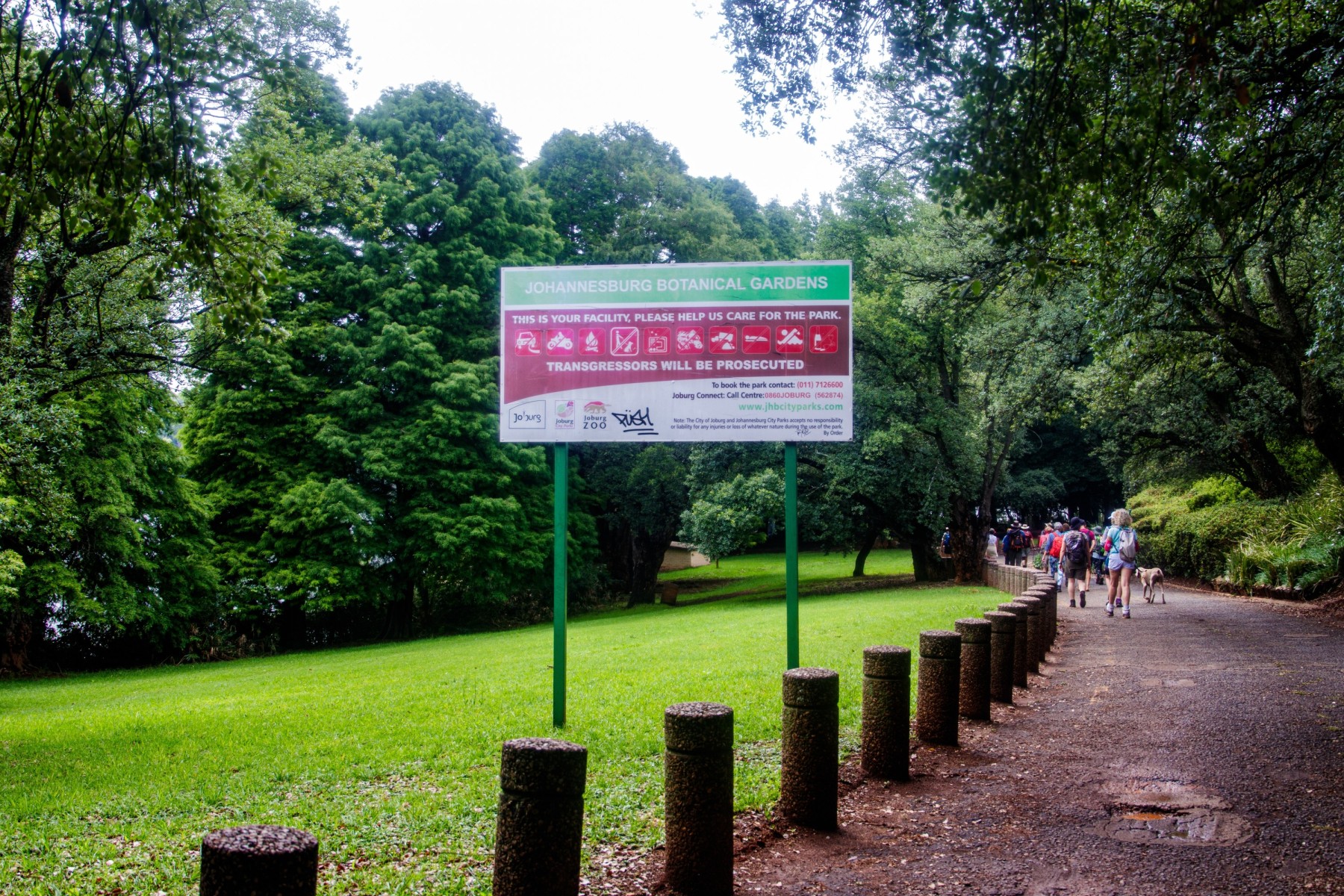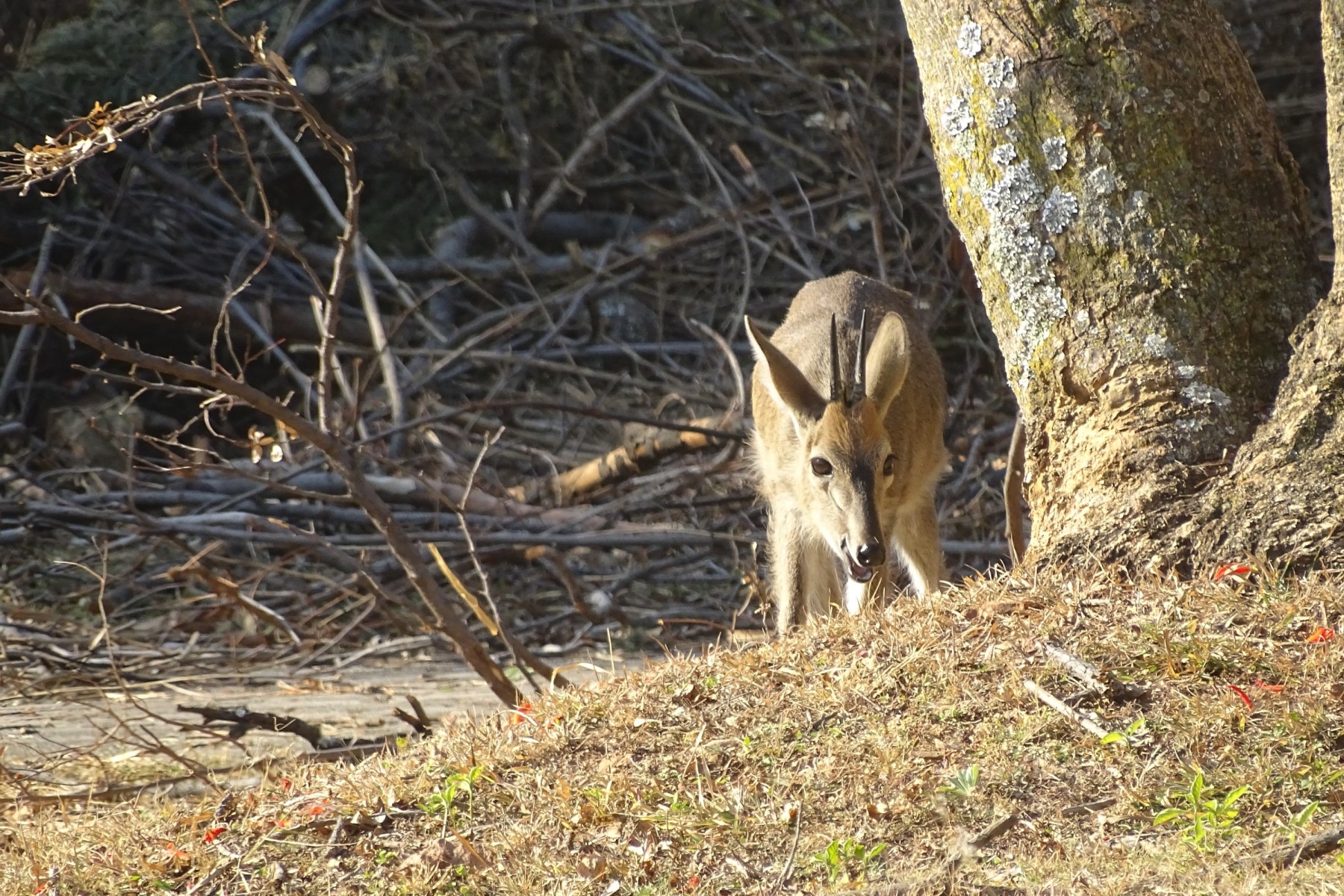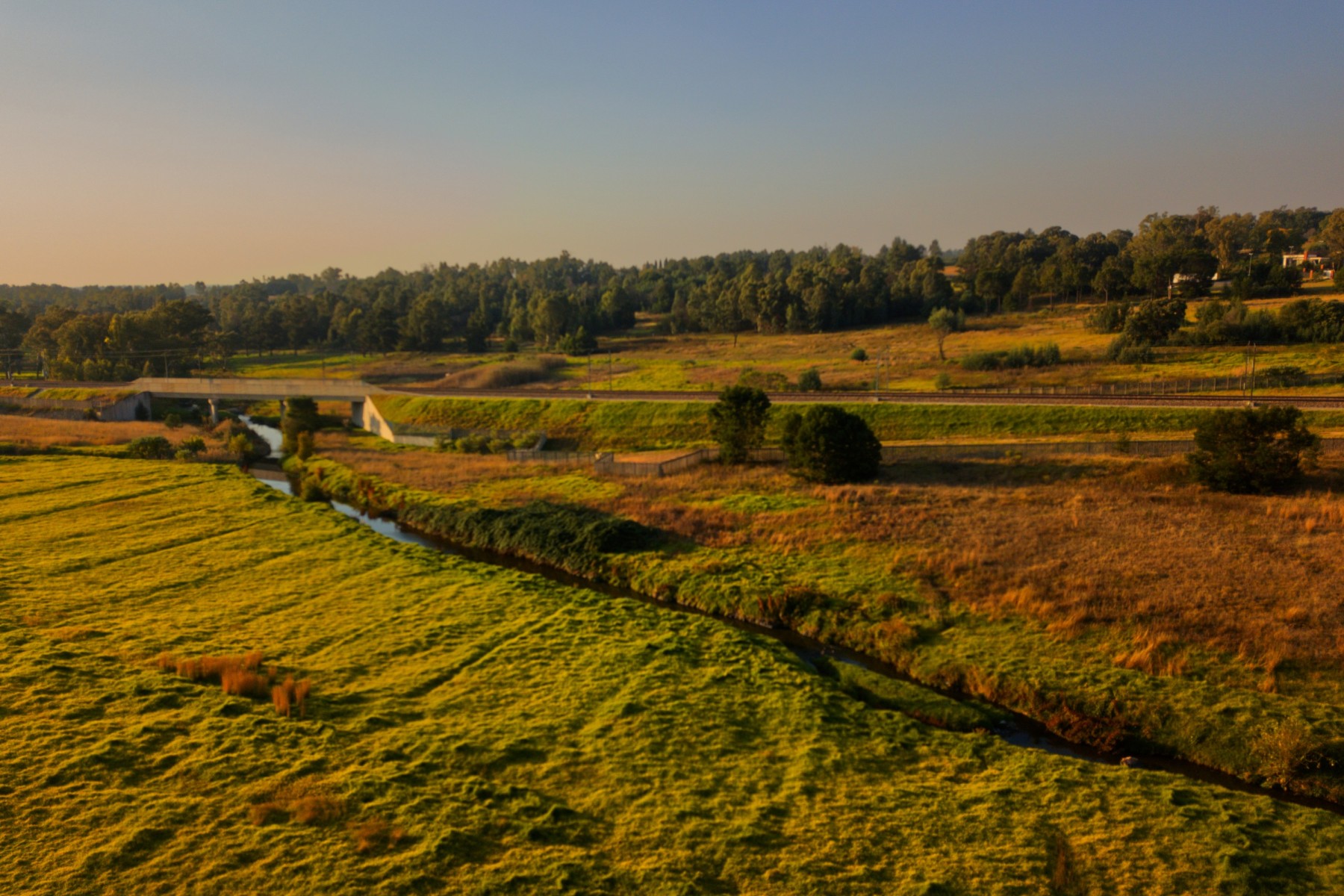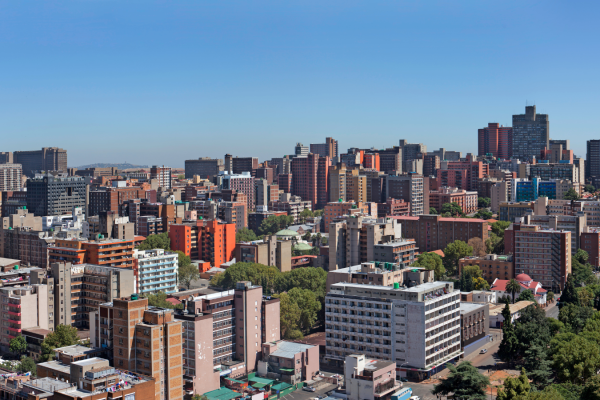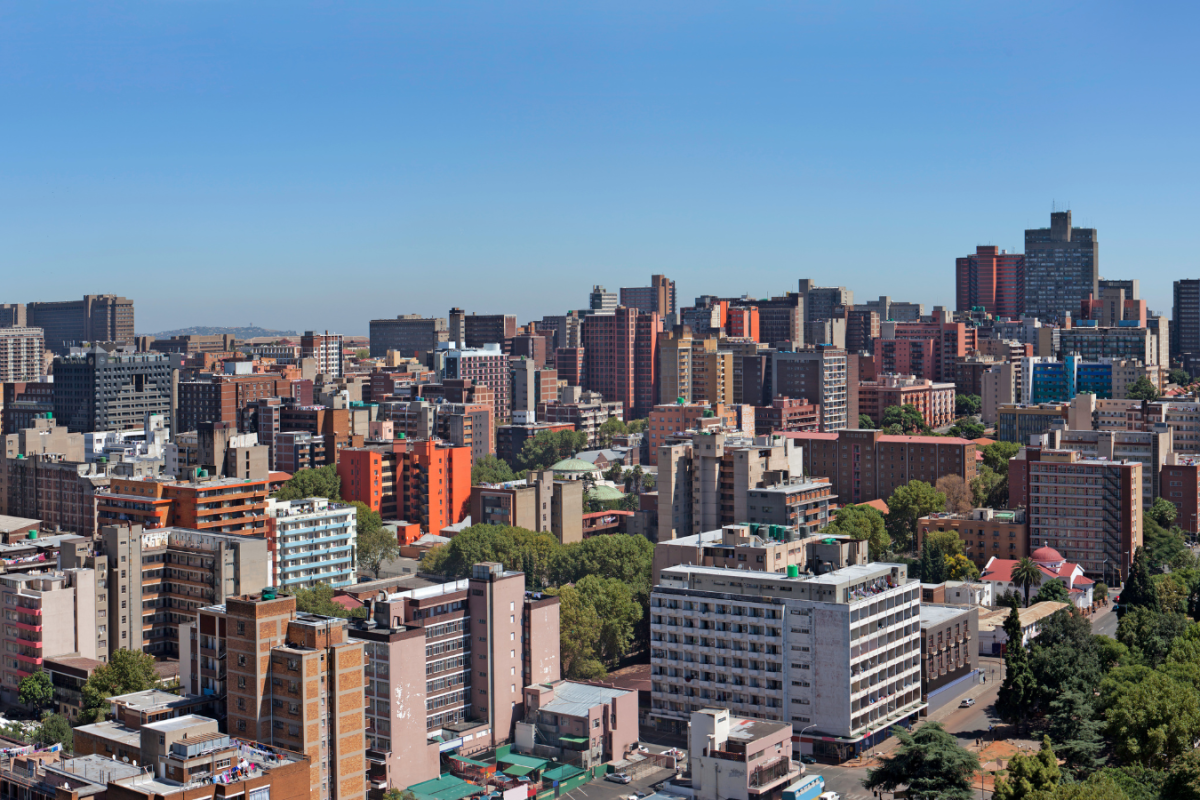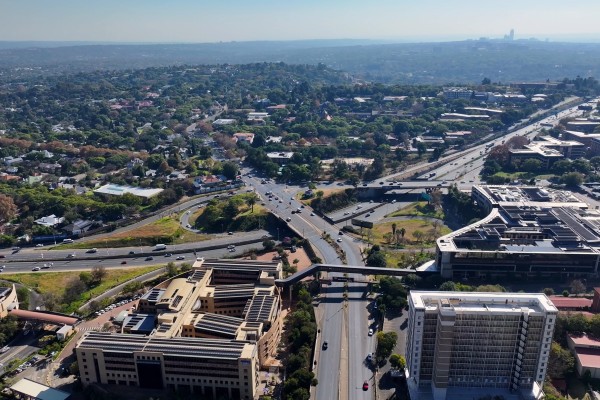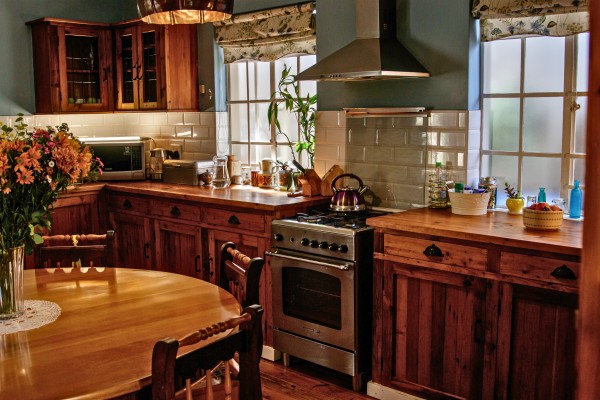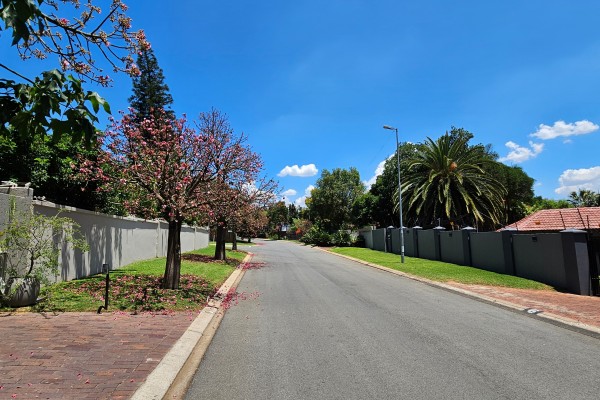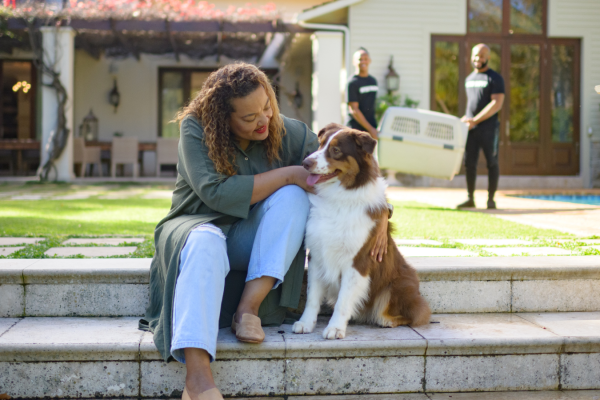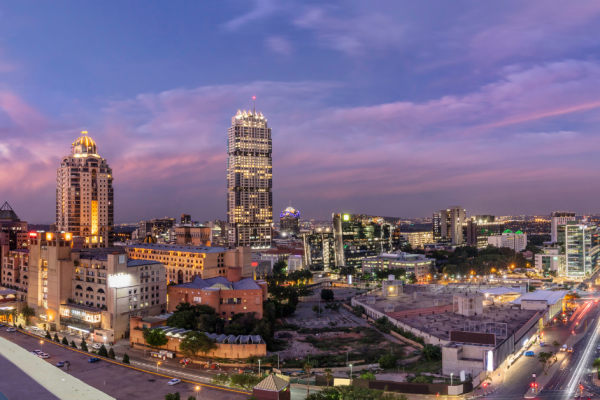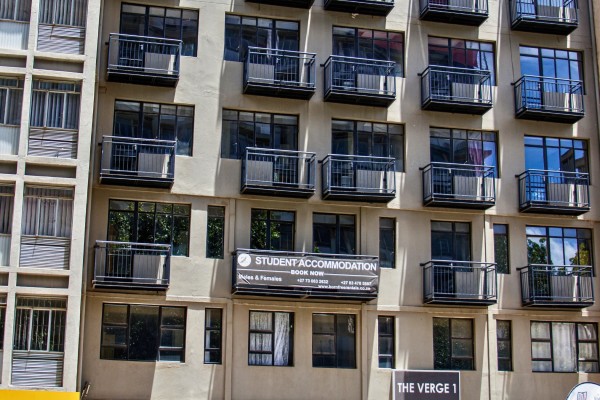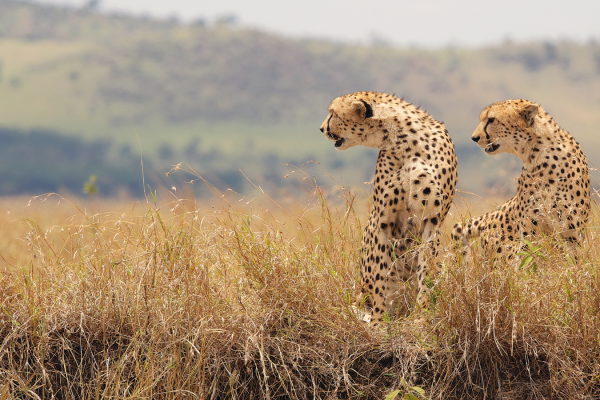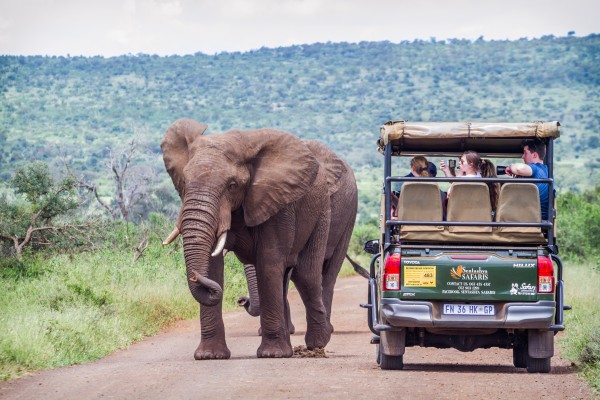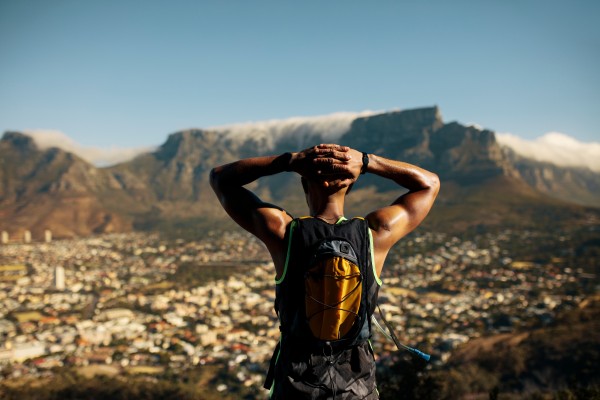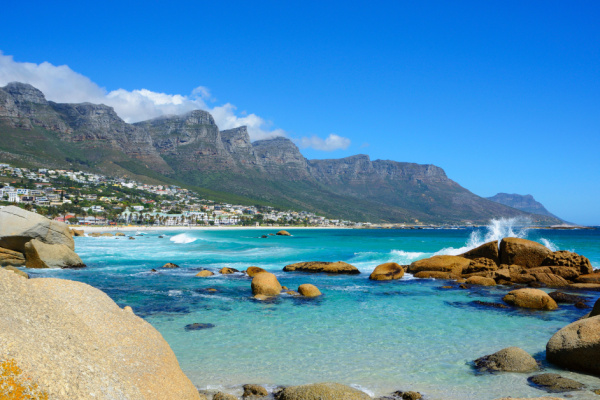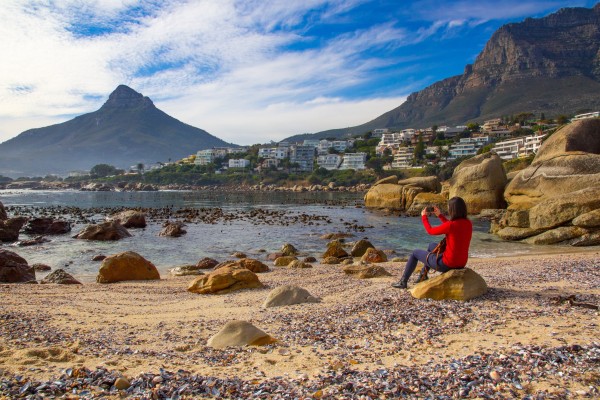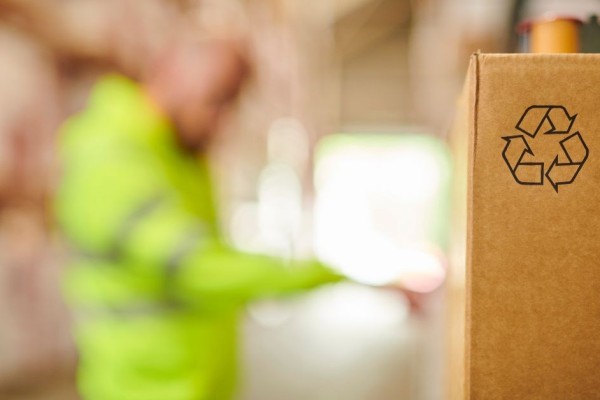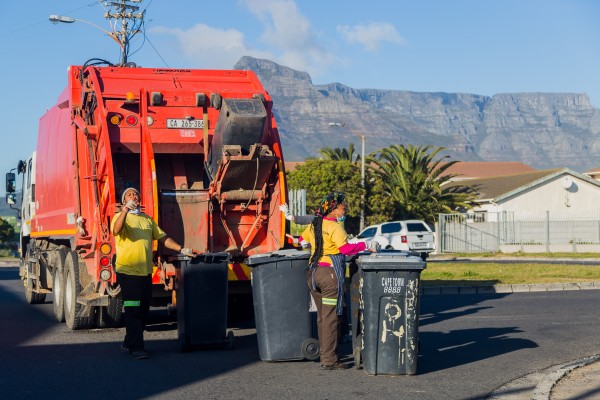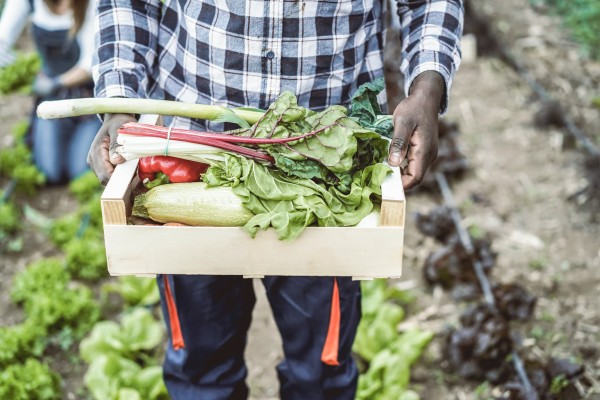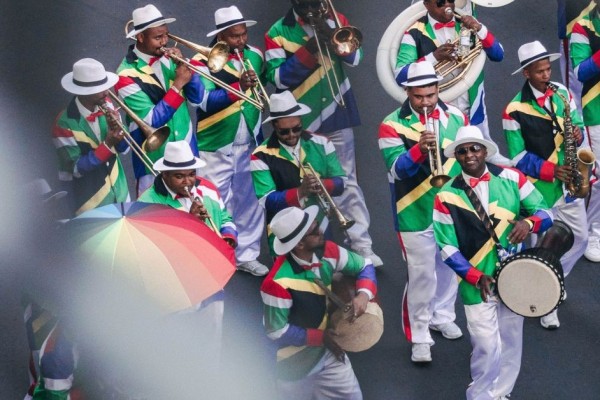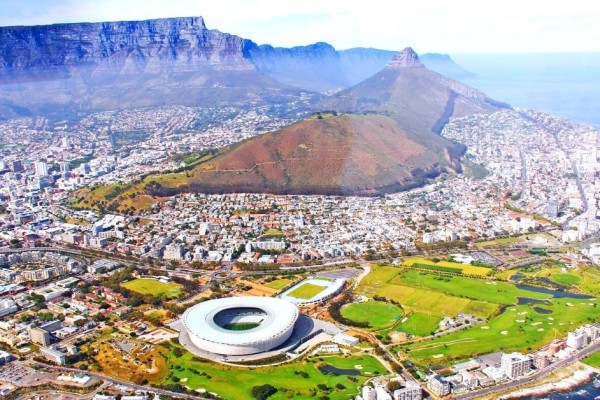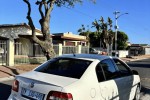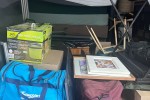Explore the best parks and nature reserves in Johannesburg for 2025

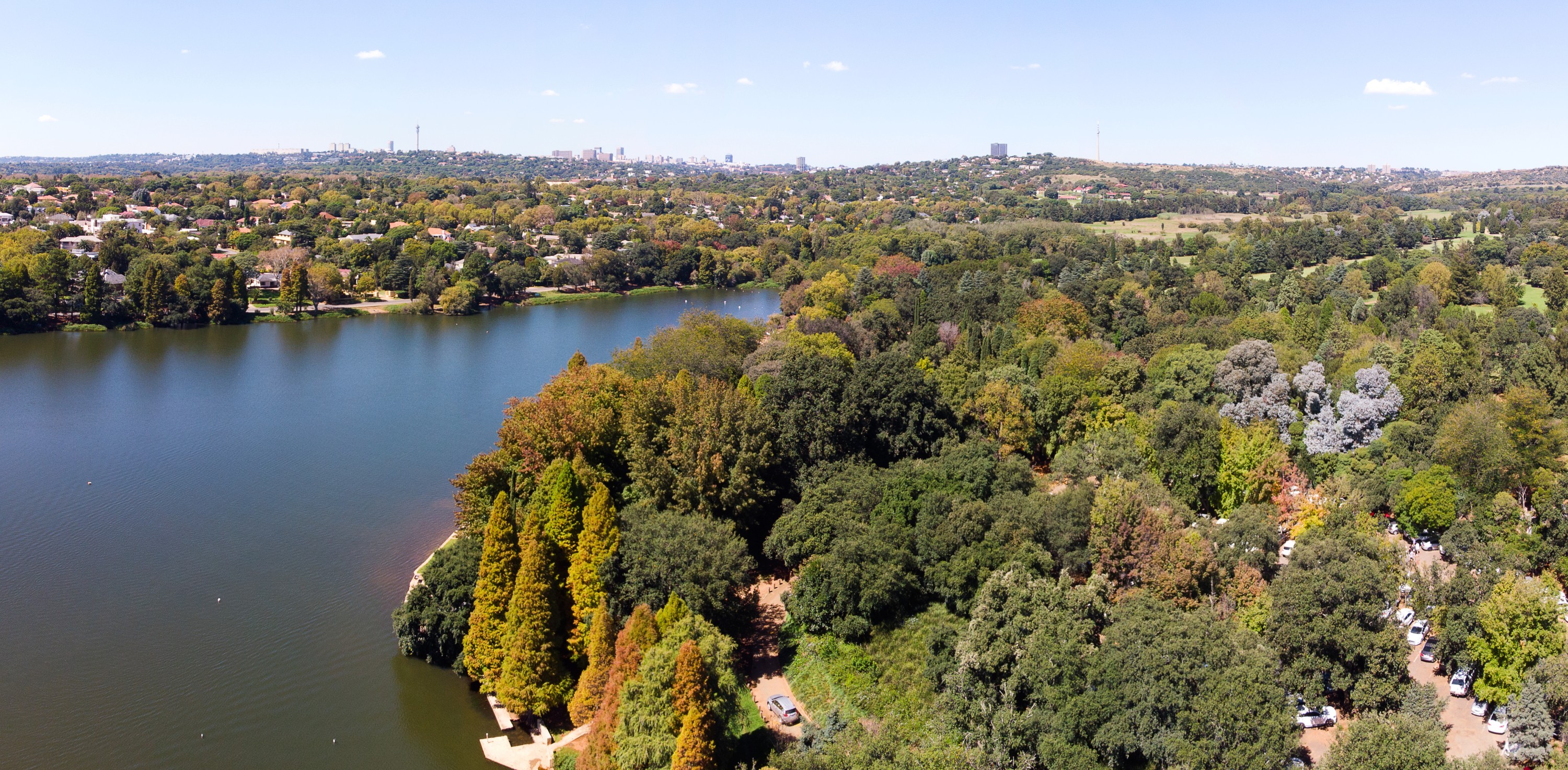
Johannesburg is a freakishly green metropolis. Over 10 million trees call the city home—about two for each human resident.
A good proportion of all those leafy locals do their thing in parks and nature reserves, which are an underrated delight of Joburg life.
Some are big enough to walk in for hours, and wild enough to host eagles, antelope, porcupines and genets in their cliffs and kloofs. Reconnecting a stressed-out city to nature and its distant past, these refuges are spaces for peace, play, picnicking and perambulation.
Here’s a guide to Johannesburg’s 10 best parks and nature reserves, ranked in no particular order. All but three of them are free of charge.
Klipriviersberg Nature Reserve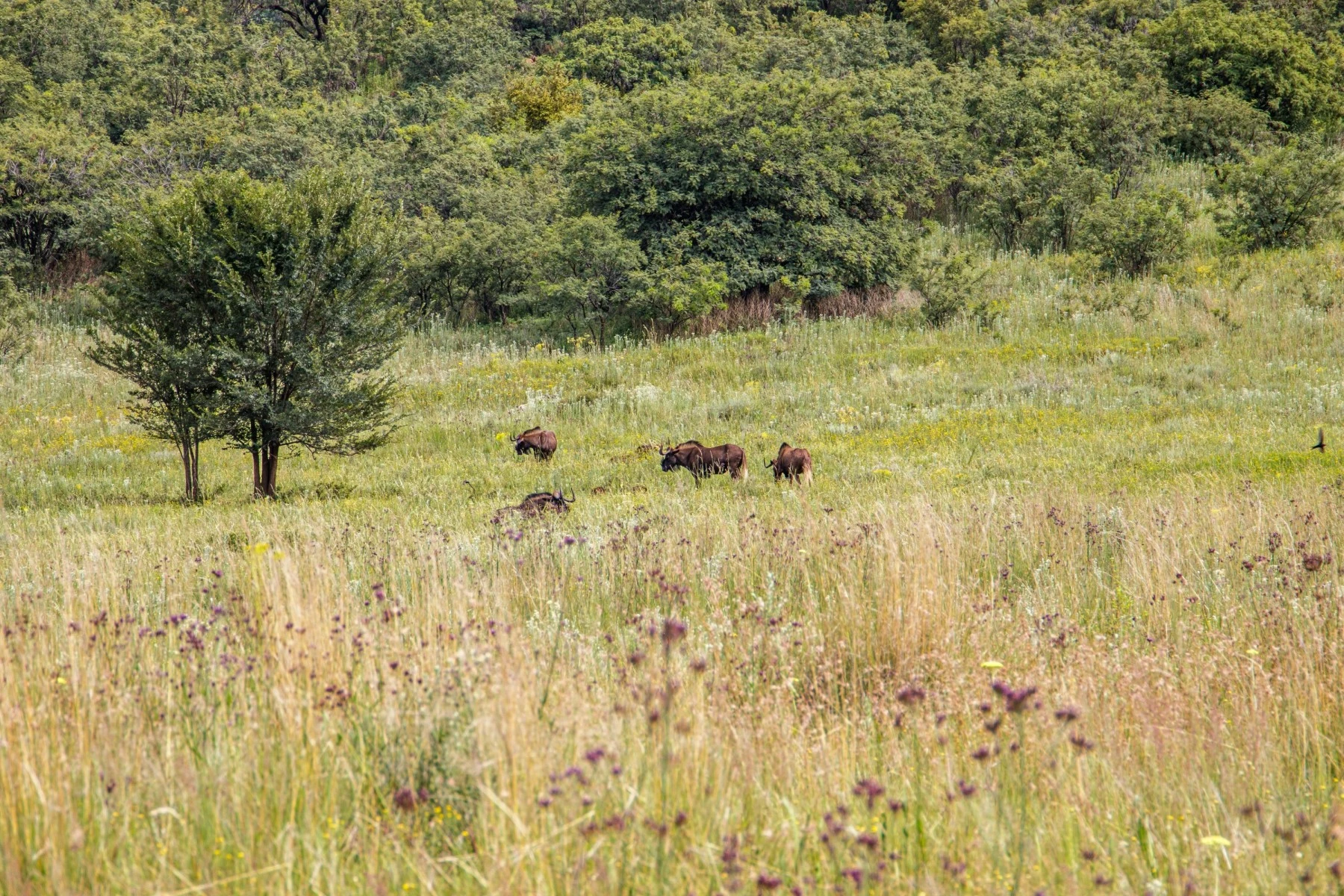
Though situated only a few minutes' drive south of the CBD, Klipriviersberg is the city's biggest proclaimed nature reserve, covering 700 hectares. Its verdant hills, flanking the lovely Kliprivier stream, are home to a catalogue of animals, from zebra, red hartebeest, mountain reedbuck and black wildebeest to genets, hares and Cape clawless otter. Throw in about 230 bird species that have been seen within its borders, and a range of trails that can neutralise up to three hours of hiking time, and you have a nature-lover's paradise.
The views across the valley can be enthralling during midsummer. It's often hard to believe you’re slap bang in the middle of South Joburg. The park’s visitor culture is warm and friendly, with hikers more likely to greet and chat with other groups than in the northern suburbs’ parks.
The Wilds Nature Reserve
View this post on Instagram
The Wilds was once the lunch-hour bolthole for glamorous picnickers during the boom years of Joburg’s post-war CBD. Then it went south. For decades, it was neglected, overgrown and feared as dangerous. Recently, thanks to the civic-minded exploits of an enterprising artist, James Delaney, who lives on a block overlooking the park, The Wilds has made an astonishing comeback.
In 2011, Delaney started pruning the overgrowth and installing his exuberant steel statues of indigenous animals. He also challenged City Parks officials, neighbours and friends to join the work and reclaim the space.
Now the Wilds is a serene and safe expanse of manicured lawns and verdant indigenous forest, spanning two hills flanking Joe Slovo Drive. Parking spaces are few, but if need be, you can park at St John’s College, a five-minute walk away.
Kloofendal Nature Reserve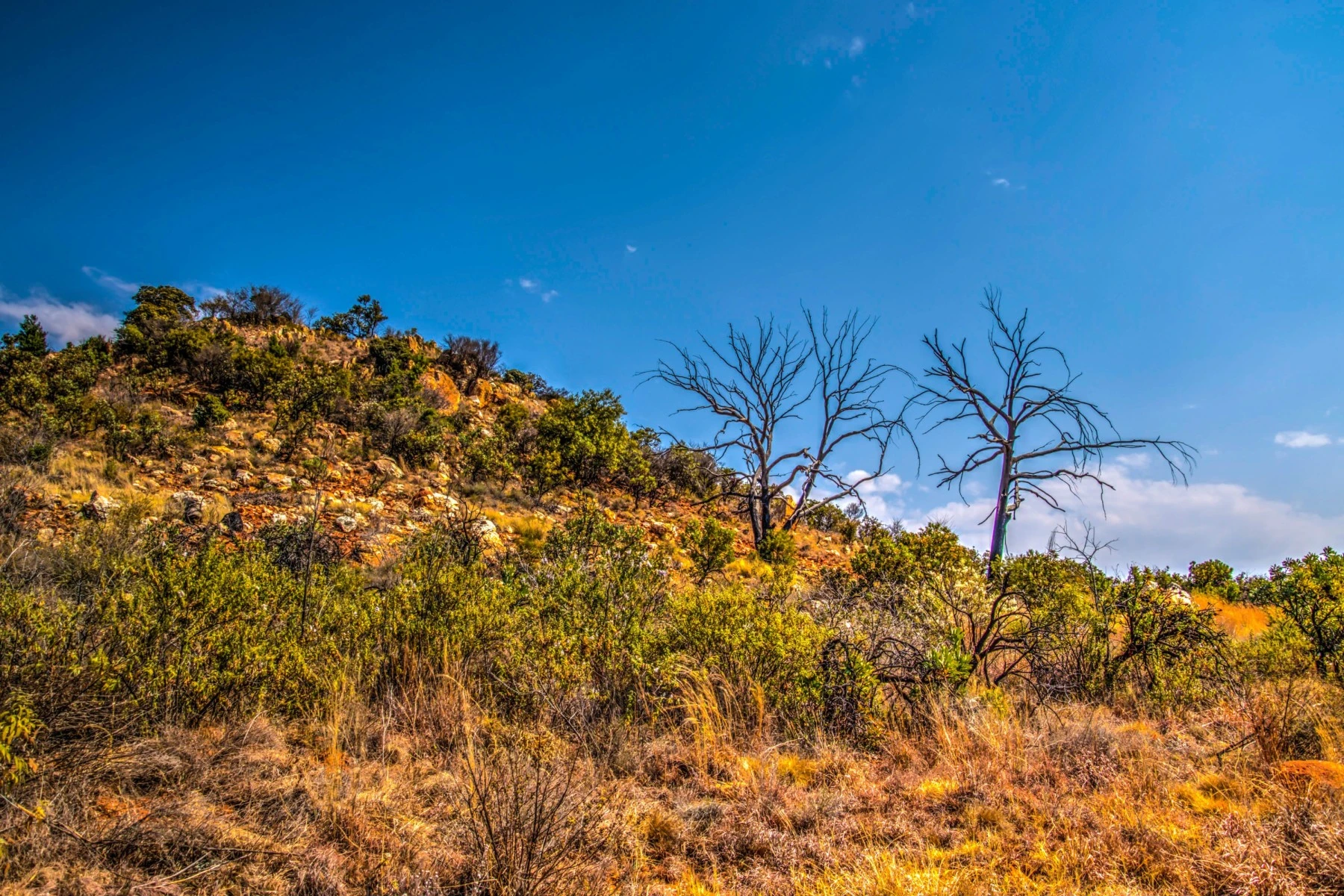
Overlooking the western satellite town of Roodepoort is the hilly Kloofendal Nature Reserve, a beautiful 128-hectare sanctuary for abundant birds and mammals, including duiker and mountain reedbuck. It’s also the site of the first gold mine in Johannesburg, and still in place near the entrance is a huge stamp mill—an 1880s-vintage machine used to extract gold by crushing ore.
The trails are varied and well-kept, and the longest is a two-hour route, commanding stellar views from the park’s central heights. Look out also for guided visits with the South African Archaeological Society.
Walter Sisulu National Botanical Gardens
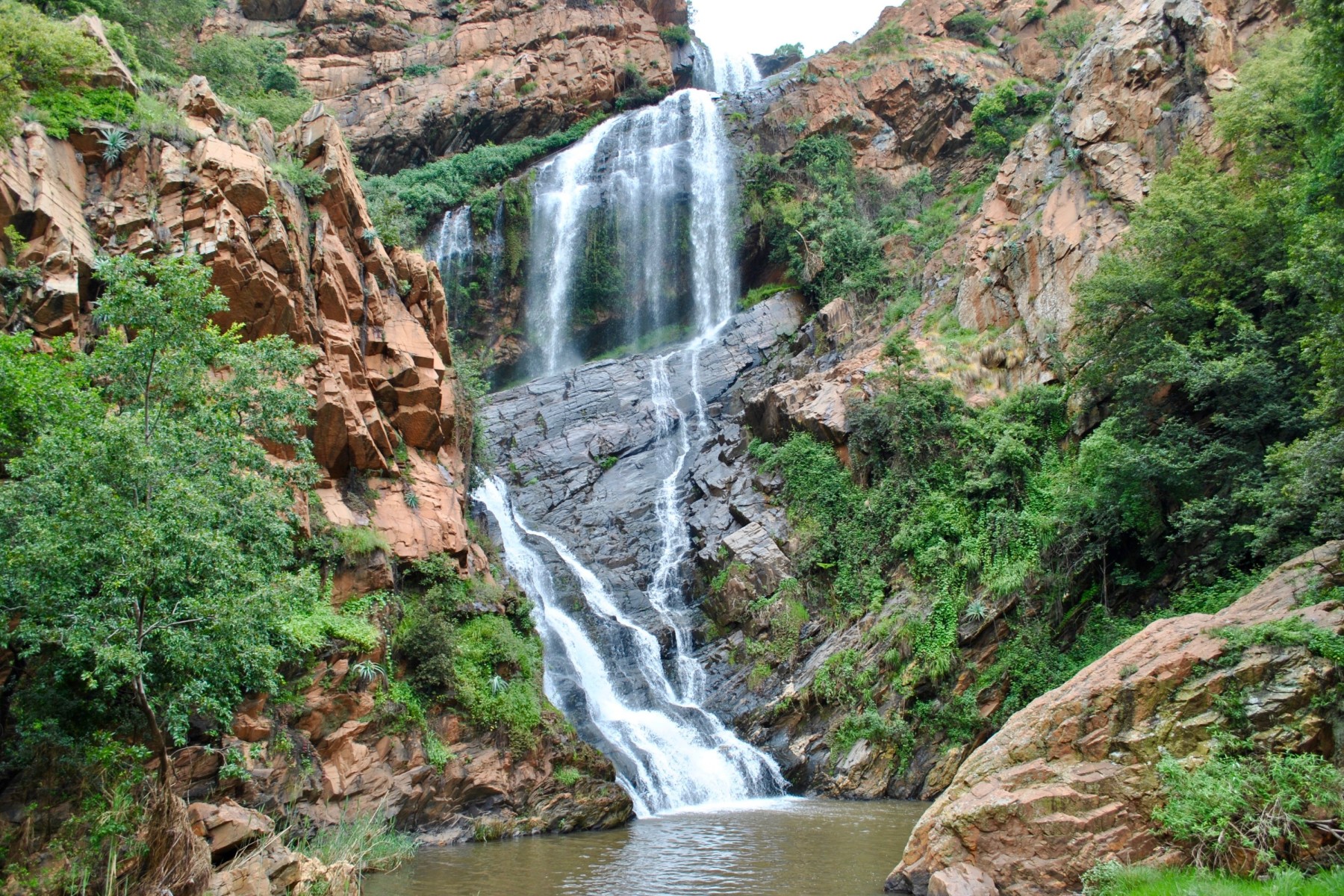 Also in the Roodepoort area is the Walter Sisulu National Botanical Gardens —a superbly managed park centred on a fascinating showcase of indigenous flora interspersed with romantic shaded lawns.
Also in the Roodepoort area is the Walter Sisulu National Botanical Gardens —a superbly managed park centred on a fascinating showcase of indigenous flora interspersed with romantic shaded lawns.
Tickets are R100 for adults, R25 for children, free entry for kids under 6, and free entry for pensioners on Tuesdays. Cheap at the price, you get to spend quality time with rare cycads and succulents, or meander along streambanks full of river bushwillows and white stinkwoods.
The gardens also contain the dramatic Witpoortjie waterfall, home to a family of Verreaux’s eagles, and a 2-hour geological trail along the Roodekrans Ridge, which loops back to the gardens. There’s even a chance of spotting jackals, who are occasional visitors to the lonelier heights.
Delta Park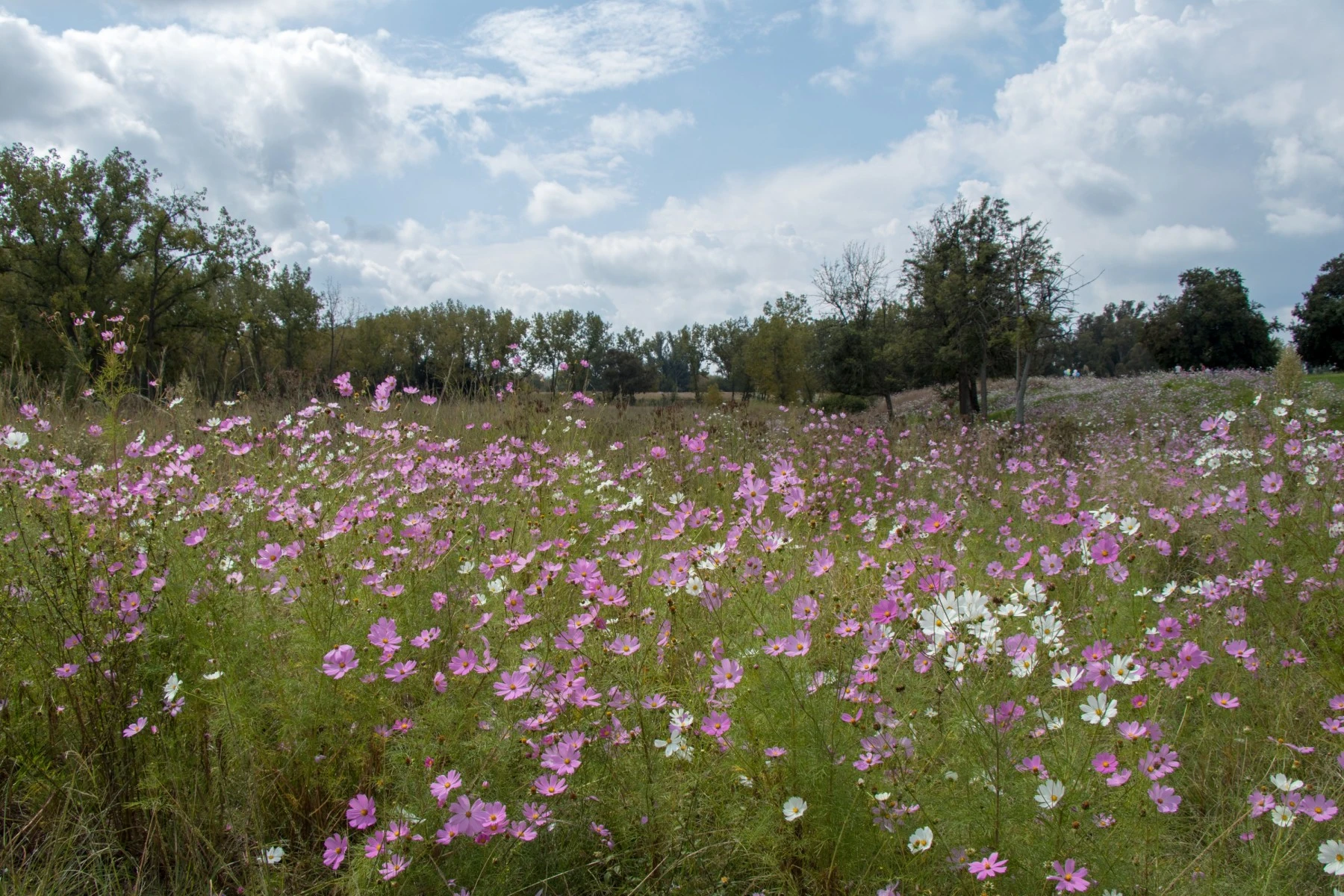
Delta Park is the central suburbs’ biggest natural space, spanning 104 dog-friendly hectares along the Braamfontein Spruit River. Situated between Victory Park and Craighall Park, Delta is named for the Greek letter due to its triangular outline and is much-loved by mountain bikers, walkers, joggers, and kids.
The terrain is a patchwork of grasslands, woodlands, and bird-haunted dams, and every March, you can wander among vast explosions of pink and white cosmos blossoms. The Spruit (stream) can sometimes be a little stinky, with litter arriving from upstream, but Delta Park’s thousands of devotees feel it’s a price well worth paying.
Johannesburg Botanical Gardens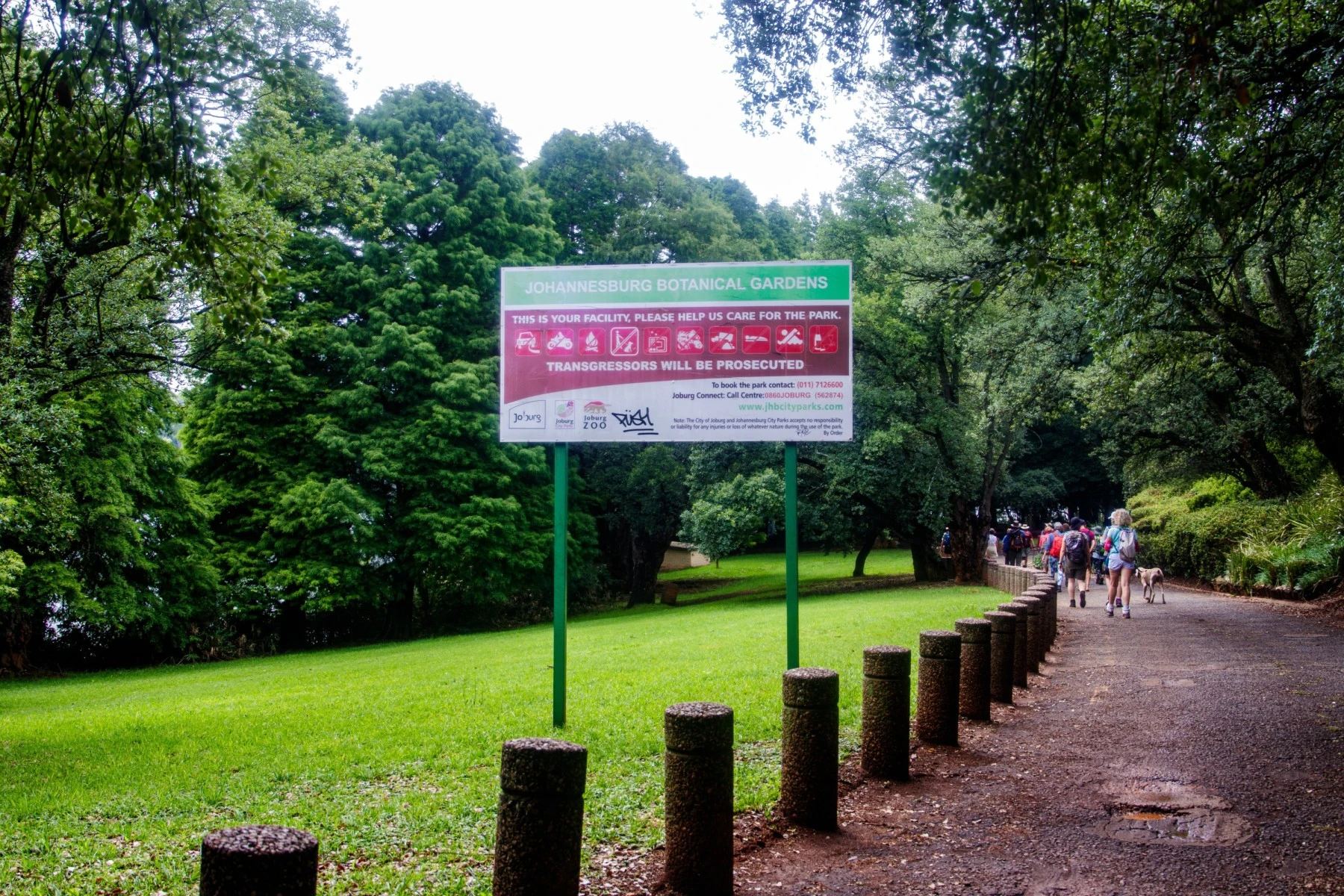
Just up the road from Delta is Emmarentia, officially called the Johannesburg Botanical Gardens. It boasts a massive, elegant rose garden that contains 10,000 roses and is the scene of countless wedding shoots for spectacularly dressed couples hailing from all over Africa. There’s also a first-rate succulent garden and a dog-friendly zone that covers half the park. Kite-flying, cricket and languorous picnics are ‘big things’ on the lawn that slopes down to the Emmarentia Dam, which is typically bustling with canoeists, ducks and geese.
Melville Koppies Nature Reserve & Johannesburg heritage site
View this post on Instagram
Melville Koppies is a pristine Indigenous reserve just 5km from Johannesburg’s city centre. Its 3-billion-year-old rocky ridges offer sweeping views across the city, stretching as far as the Magaliesberg Mountains and south toward Brixton’s ridges. With well-maintained, clearly marked trails, you can meander through grasslands, forests, and riverine areas and enjoy an abundance of birdlife and native flora.
The reserve holds preserved evidence of Early Stone Age Khoisan tools and an original 500-year-old iron smelting furnace used by Sotho/Tswana settlers. Visitors can also spot traces of early, unsuccessful gold mining by the Geldenhuys family.
“Melville Koppies is a truly unique reserve where geology, biodiversity and human history intersect. It’s not just a place to walk—it’s a place to understand how this land has evolved over billions of years, and how people have used it for at least half a million,” says Wendy Carstens, who has been involved with the Koppies since 1997.
Melville Koppies is open to the public on Sunday mornings from 8 am to 11:30 am, with midweek guided tours available by booking only. Full-time security is provided, and there's safe parking opposite Marks Park Sports Club on Judith Road.
Huddle Park
View this post on Instagram
Huddle Park in Linksfield is a golf course, but it’s surrounded by an expanse of grassland and forest, which is cross-crossed with walking and cycling trails. Day passes are R50 per adult and R30 per child, and entry is free for kids under 3. It’s a serene meander between little dams and flatter terrain than most big Joburg parks. So if you want to add some adrenaline to the mix, no problem. Extra options include golf, acrobranch, five-a-side football, dog training, horse riding, and padel.
Rietfontein Nature Reserve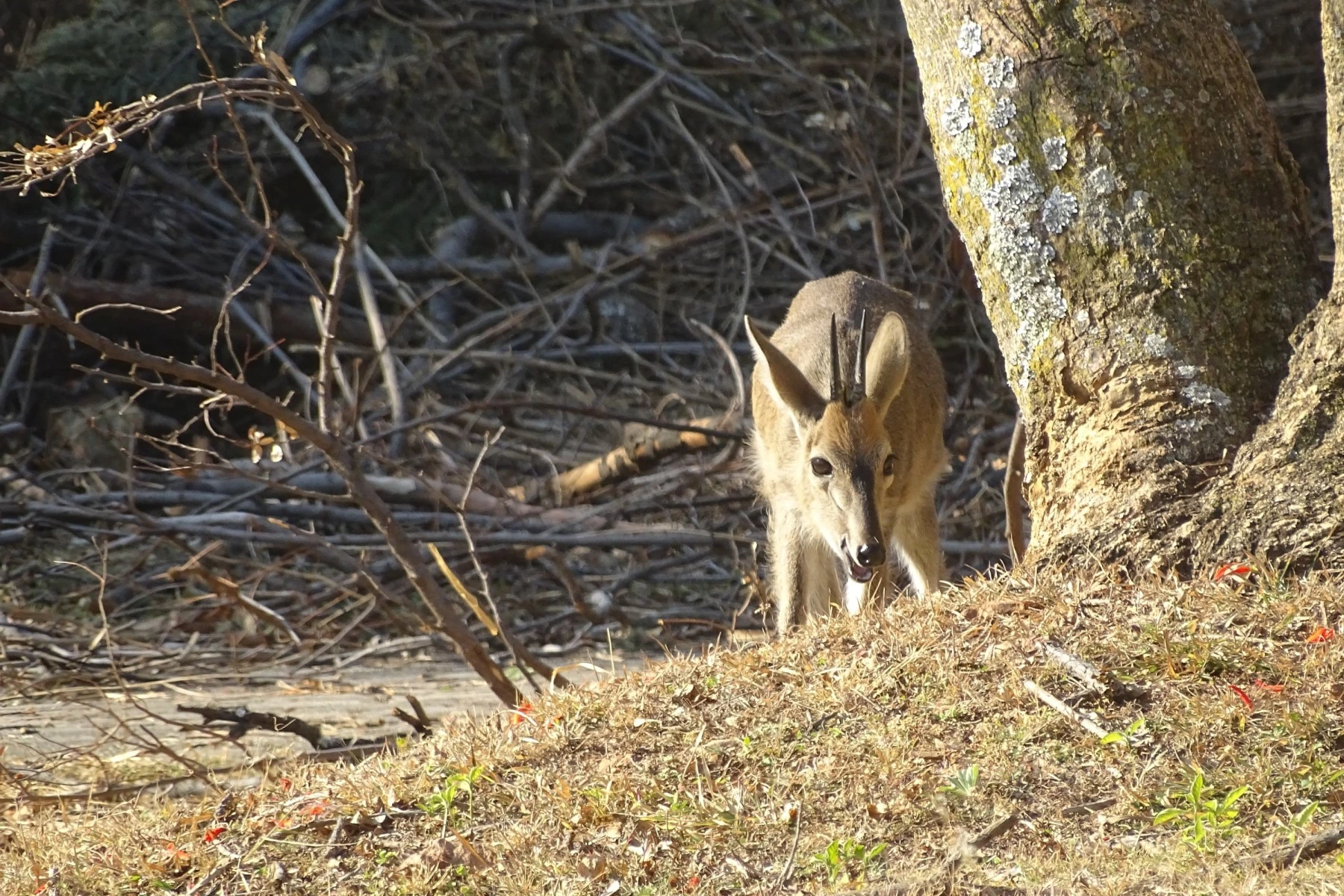
Small but well-formed, Rietfontein Nature Reserve in Paulshof, just north of the M1 Western Bypass, located in the northern suburbs of Johannesburg, is a 25-hectare sanctuary beloved by birds and birders alike. Centred on a proud rocky koppie (an isolated hill in Afrikaans), the park offers views of the expanse of north Joburg—you’ll just have to tune out the traffic from the freeway.
Modderfontein Reserve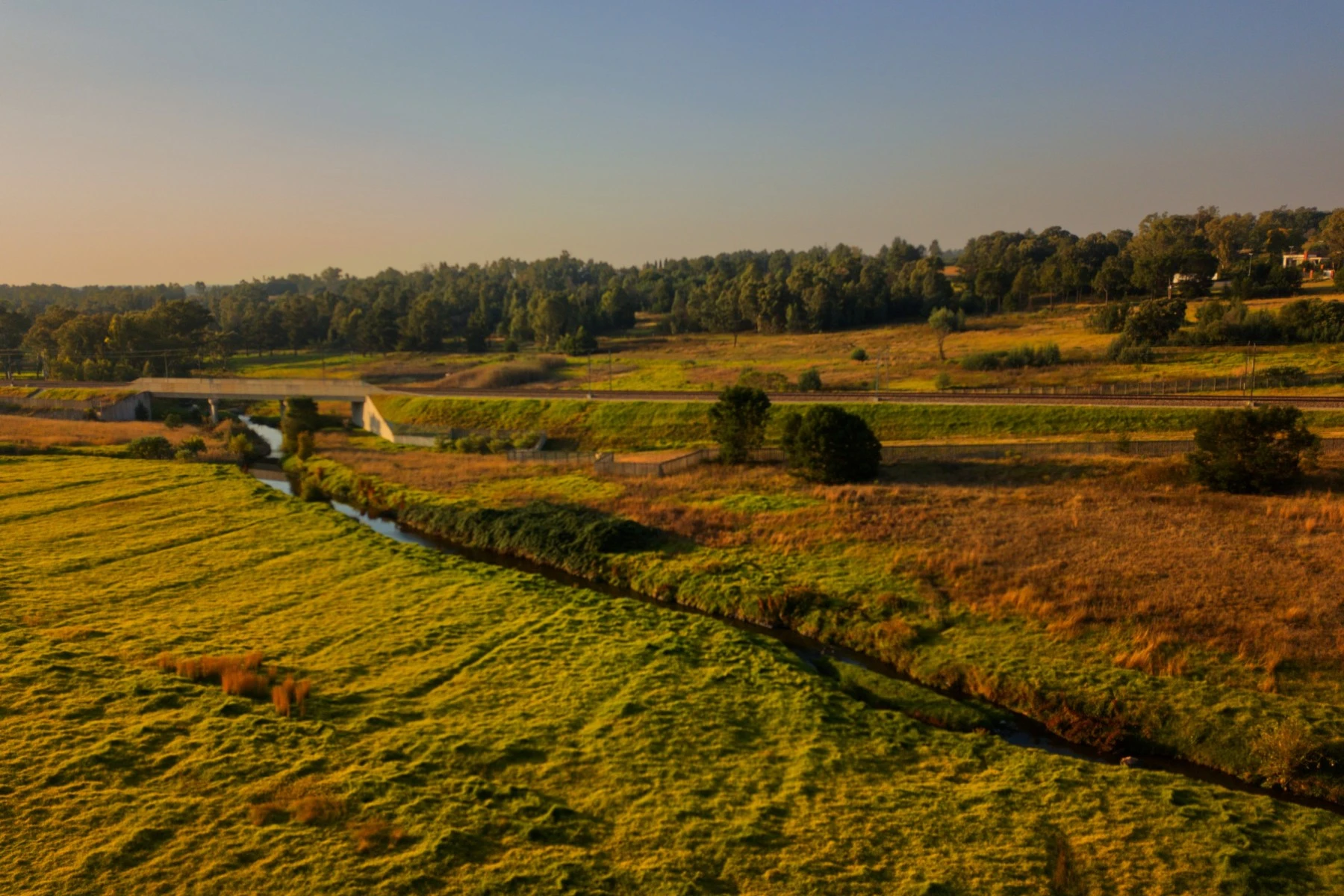
Because the eastern edge of Joburg is largely flat, it didn’t get much in the way of big-proclaimed parks when town planners were carving out public spaces. One privately owned exception is Modderfontein Reserve, a sprawling 275-hectare park incorporating wetlands, forests and grasslands, and home to a host of birds and small mammals. Hiking tickets are R45 for adults and R30 for children.
Drawn to Jozi’s green spaces?
From lazy Sunday strolls to weekend hikes, Johannesburg’s parks and reserves highlight a city that’s both liveable and full of life. Settling in or still exploring your options? Our Johannesburg relocation guide covers everything you need to know. Keen to stay close to nature without losing the city perks? Take a look at our breakdown of Joburg's cost of living in 2025.
When it’s time to move, Wise Move enables you to book the best local movers in Jozi. It's quick, easy, and hassle-free.
What do our customers say?
